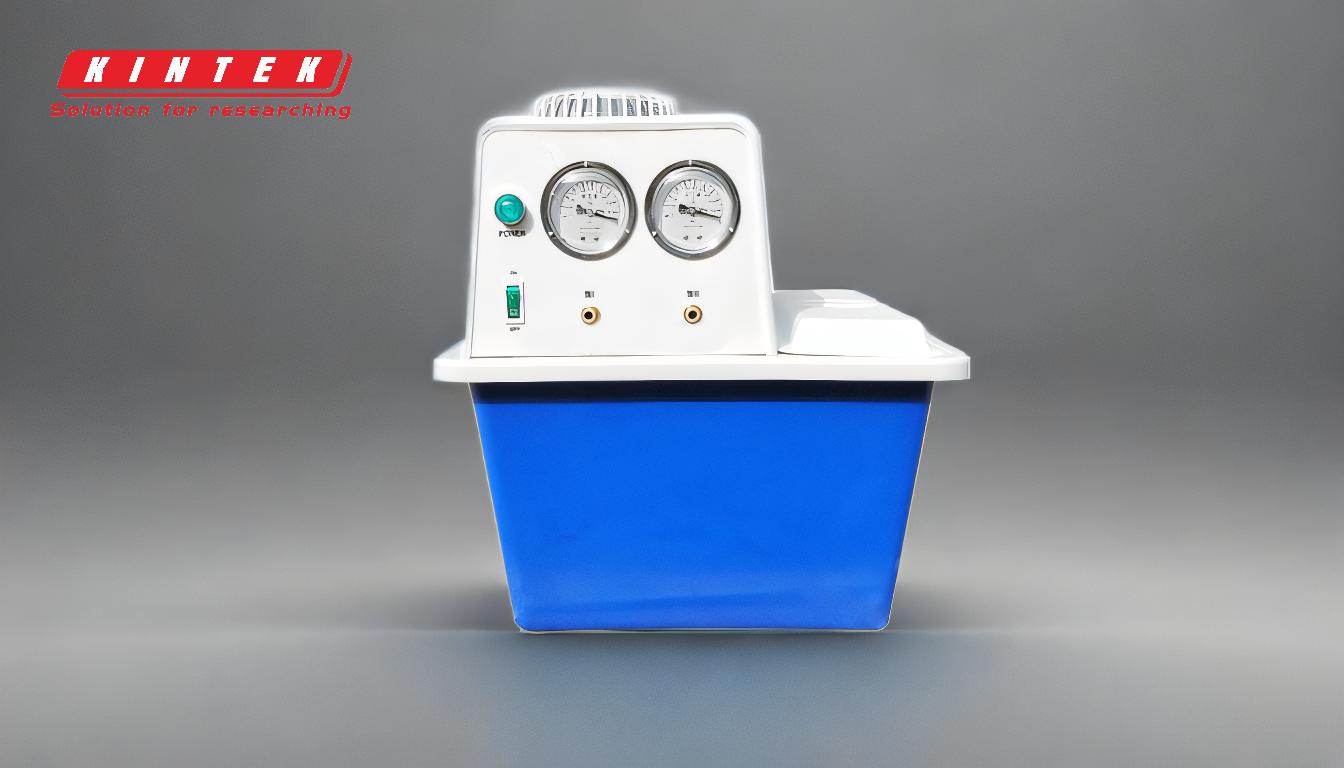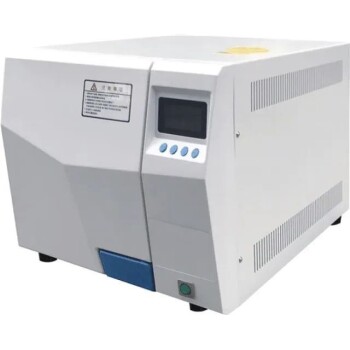When using a lab vacuum pump, safety precautions are critical to prevent accidents, equipment damage, and exposure to hazardous materials. Key considerations include ensuring chemical compatibility, proper placement of the pump, and adherence to operational guidelines. Chemical compatibility is essential to avoid reactions that could damage the pump or create dangerous conditions. Additionally, the pump should be placed in a stable, non-explosive environment to minimize risks of fire or mechanical failure. Regular maintenance, such as checking for leaks and ensuring proper lubrication, is also vital for safe operation. By following these precautions, users can ensure the safe and efficient use of a lab vacuum pump.
Key Points Explained:

-
Chemical Compatibility:
- The lab vacuum pump must be compatible with the chemicals being used. Some pumps are designed to handle solid particles and explosive samples, while others are suitable only for liquids and gases.
- Using an incompatible pump can lead to chemical reactions, pump failure, or even explosions. Always verify the pump's specifications and ensure it matches the chemical properties of the materials being processed.
-
Proper Placement:
- Place the vacuum pump in a stable, non-explosive, and non-corrosive environment. This reduces the risk of fire or chemical reactions.
- Ensure the pump is protected from impact and vibration, as these can cause damage or malfunction. For example, placing it on a sturdy, level surface away from high-traffic areas is advisable.
-
Operational Guidelines:
- Follow the manufacturer's instructions for operating the pump. This includes starting and stopping procedures, as well as handling any alarms or warnings.
- Avoid overloading the pump, as this can lead to overheating or mechanical failure. Regularly monitor the pump's performance and address any issues promptly.
-
Regular Maintenance:
- Perform routine maintenance, such as checking for leaks, ensuring proper lubrication, and replacing worn-out parts. This helps prevent unexpected failures and extends the pump's lifespan.
- Clean the pump regularly to remove any residues or contaminants that could affect its performance or safety.
-
Safety Equipment and Training:
- Use appropriate personal protective equipment (PPE), such as gloves, goggles, and lab coats, when operating the pump.
- Ensure that all users are properly trained in the safe operation of the pump and are aware of emergency procedures in case of an accident.
By adhering to these safety precautions, users can minimize risks and ensure the safe and effective use of a lab vacuum pump.
Summary Table:
| Key Safety Precautions | Details |
|---|---|
| Chemical Compatibility | Ensure the pump is compatible with the chemicals being processed. |
| Proper Placement | Place the pump in a stable, non-explosive, and non-corrosive environment. |
| Operational Guidelines | Follow manufacturer instructions and avoid overloading the pump. |
| Regular Maintenance | Check for leaks, ensure proper lubrication, and clean the pump regularly. |
| Safety Equipment and Training | Use PPE and ensure users are trained in safe pump operation and emergencies. |
Ensure your lab's safety and efficiency—contact us today for expert advice on vacuum pump usage!















